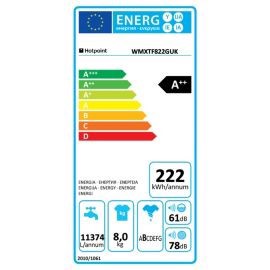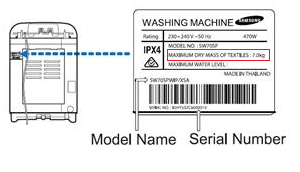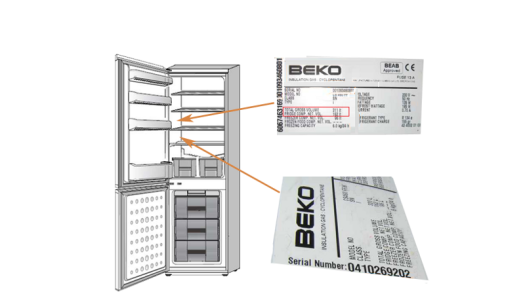E-waste or electronic waste, therefore, broadly describes loosely discarded, surplus, obsolete, broken, electrical or electronic devices. However, for regulation purposes and for the benefit of recyclers E Waste has been classified in various ways. Categorization also identifies the responsibility for the disposal of the E Waste.
“Update: ZeroWaste is now InstaCash”
Historic & Non Historic E Waste — One of the several ways of enlisting E Waste into categories is terming these as Historic & Non Historic.
Historic E Waste are those which came into being before the promulgation of any laws and makes the Owner of the E-waste responsible for its proper recycling. Whereas, Non — Historic E Waste are the ones which were produced after the notification and thus puts the responsibility of its recovery and recycling or disposal on the producers.
In India the people the Government notified the Rules and guidelines in May 2011 to become effective from May 2012.
Main Categories of EEE covered in Indian E-Waste Rules
The categories of electrical and electronic equipment covered under the rules of the E-Waste (Management and Handling) Rules, 2011 in India can be enumerated as under.
IT and telecommunication equipment:
- Centralized data processing; Mainframes, Minicomputers; Personal computing; Personal computers (Central processing unit with input and output devices), Laptop computers (Central processing unit with input and output devices), Notebook computers, Notepad computers, Printers including cartridges, Copying equipment, Electrical and electronic typewriters, User terminals and systems, Facsimile, Telex, Telephones, Pay telephones, Cordless telephones, Cellular telephones, Answering systems
Consumer electronics:
- Television sets (including sets based on (Liquid Crystal Display and Light Emitting Diode technology), Refrigerator, Washing Machine, Air-Conditioners excluding centralized air conditioning plants.
Categories of EEE covered in European Commission Directive
The European Commission considers E Waste as Historic if placed on the market prior to 2005. The directive places the onus upon the owner of the equipment to make provisions for its recycling. Where equipment was placed on the market after 2005, it is known as non-historic WEEE (denoted by a bar underneath the crossed-out wheeled bin symbol), and it is the responsibility of the producer/distributor to make provisions for its collection and recycling.
In another fashion the WEEE directive sets a total of 10 categories of WEEE for reporting purposes. These 10 categories are based as per voltage rating of 1000 volts for alternating current and 1500 volts for direct current. The EEE has been further classified into ‘components’, ‘sub-assemblies’ and ‘consumables’
- Large household appliances
- Small household appliances
- IT and telecommunications equipment
- Consumer equipment
- Lighting equipment
- Electrical and electronic tools
- Toys, leisure and sports equipment
- Medical devices
- Monitoring and control instruments
- Automatic dispensers
Hazardous electronic wastes comprise
- Uninterruptable power supplies, lead-acid batteries
- Cathode ray tubes (televisions, computer monitors)
- Fluorescent tubes, backlights to laptop screens, thin-film transistors
- Electrical/electronic equipment containing polychlorinated biphenyl (PCB)
- Fridges and freezers, due to chlorofluorocarbon (CFC), an ozone-depleting substance. As of 2012 revisions to the regulations, all refrigerants are considered Hazardous.
WEEE that is delivered to household waste recycling centres (HWRC), also known as designated collection facilities (DCFs), is collected by or delivered to approved & authorised treatment facilities (AATFs). The waste electrical and electronic equipment is then weighed and categorized in accordance with the directive.
For more information or to join ZeroWaste ‘Buy One, Recycle One Mission get in touch with us at info@getinstacash.in |www.getinstacash.in
Note: This post was originally published in August 2015 and has been completely revamped and updated for accuracy and comprehensiveness.




